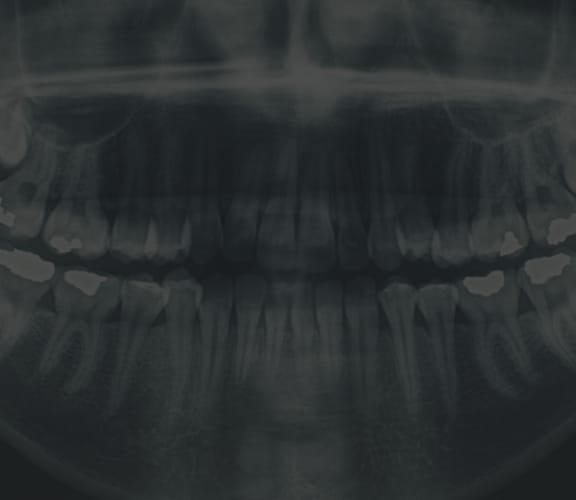After Extraction Care
- DO NOT RINSE MOUTH TODAY
Tomorrow rinse mouth gently every 3 to 4 hours (especially after meals) using one quarter teaspoon of salt to a glass of warm water. Continue rinses for several days. - BLEEDING
Following extractions, some bleeding is to be expected. If persistent bleeding occurs, place gauze pads over bleeding area and bite down firmly for one-half hour. Repeat if necessary. - SWELLING
Ice bag or chopped ice wrapped in a towel should be applied to the operated area; one-half hour on, and one-half hour off for 4-5 hours. - PAIN
For mild to average pain, use any non-aspirin type of medication you like. If the doctor prescribes a specific pain medication, follow the instructions and do not mix with other medications unless approved by your doctor. - FOOD
Light diet is advisable during the first 24 hours. - BONY EDGES
Small sharp bone fragments may work up through the gums during healing. These are not roots; if annoying, return to our office for their simple removal. - If any unusual symptoms occur, call the office at once.
- The proper care following oral surgical procedures will hasten recovery and prevent complications.

